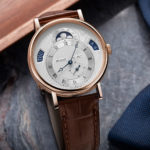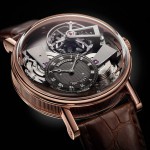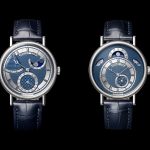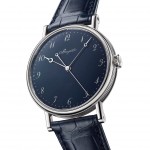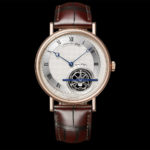Breguet Reverses Polarity with the Classique 7225
The 10 Hz magnetic-pivot balance returns in style.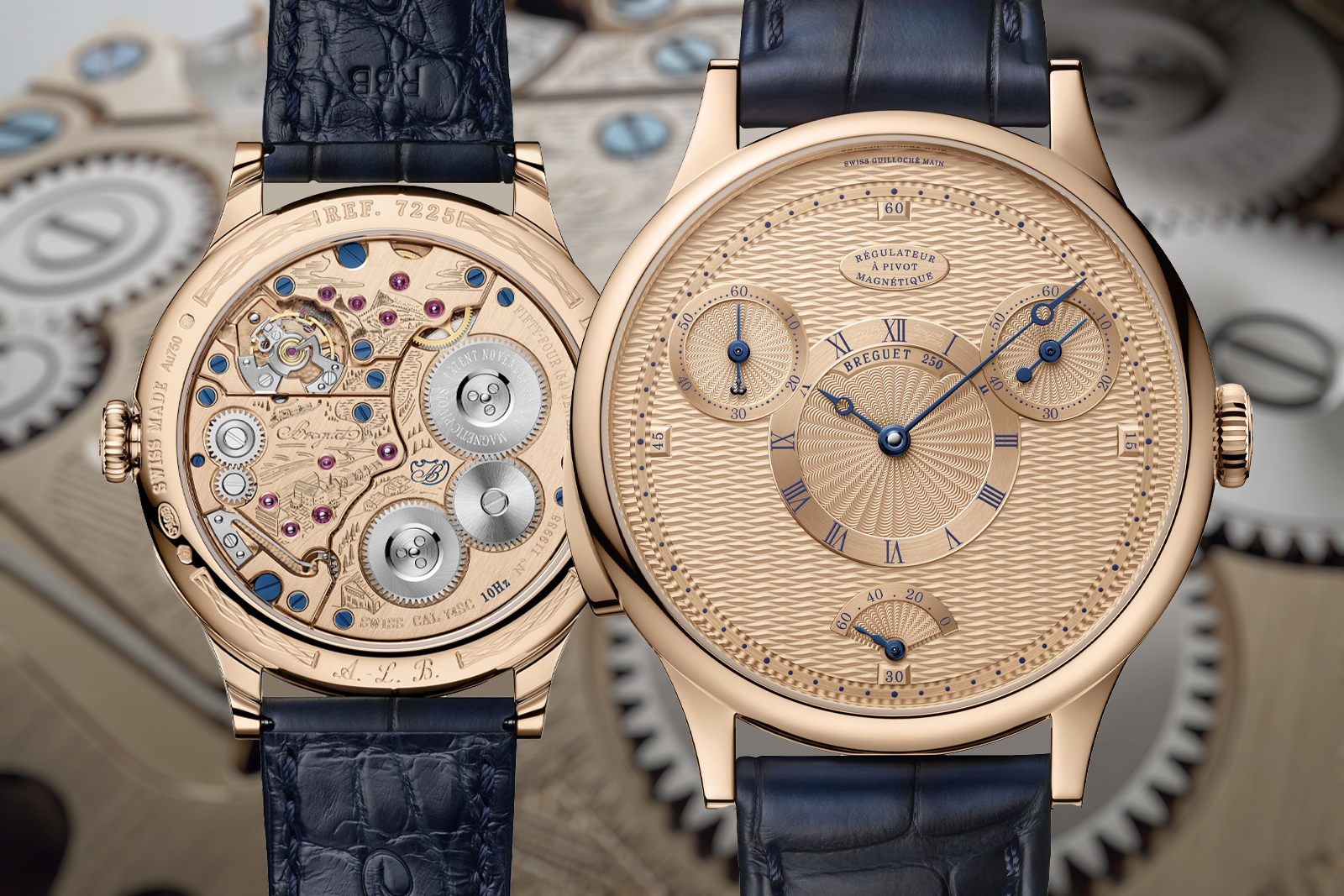
Breguet’s 250th anniversary got off to a good start and the momentum continues with the Classique 7225, another take on one of the brand’s most inventive movements. Guaranteed to run within an impressive one second a day, the Classique 7225 contains the cal. 74SC that boasts a high-frequency balance wheel running at an uncommonly rapid 10 Hz, or 72,000 beats per hour. To achieve that without overwhelming friction, the balance pivot is magnetic, allowing it to “float” as it oscillates.
The 10 Hz balance was launched some 15 years ago, but its predecessor, the Classique 7727, did not enjoy particularly attractive aesthetics. The Classique 7225 solves the problem with a striking dial modelled on an important series of tourbillon pocket watches from the early 19th century. To accommodate the dial layout, the cal. 74SC incorporates an additional constant seconds that can be instantaneously reset.
Notably, the 7225 is not a limited edition, unlike its compatriot, the Classique 7235 launched at the same time.
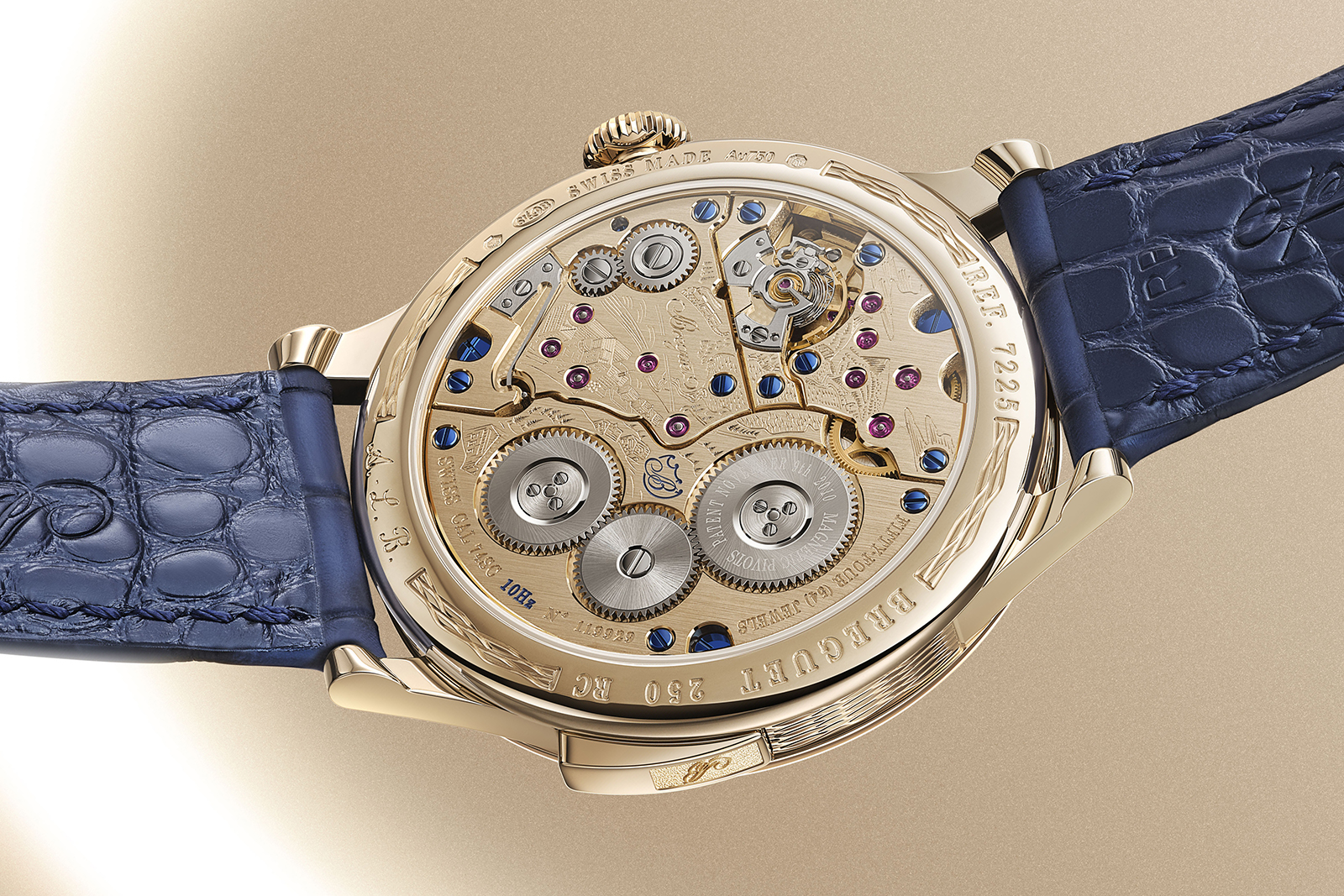
Initial thoughts
The 7225 shows that Breguet’s revival is certainly well underway, stewarded by Gregory Kissling, who has been in the top job for slightly over a year.
The 7225 isn’t a major revamp of the 7727, but it is far, far more appealing watch. The magnetic-pivot movement was ingenious at launch, and still is, but the 7727 was under-designed and over-logo’ed. With the 7225, Breguet’s ultra-chronometer finally has visual and tactile appeal. And it keeps time to one second a day, which is remarkable.
Though the flyback seconds might seem like a gimmick on its face, I welcome it simply as a way of retaining the dial layout of the original pocket watches. Granted, the fact that the dial is based on a historical and important pocket watch with tourbillon and chain and fusee doesn’t make sense in a linear manner since the 7225 has neither of those functions. But the original pocket watches were the ultra-chronometers of their day – known as garde temps – so the 7225 is philosophically and conceptually sound.
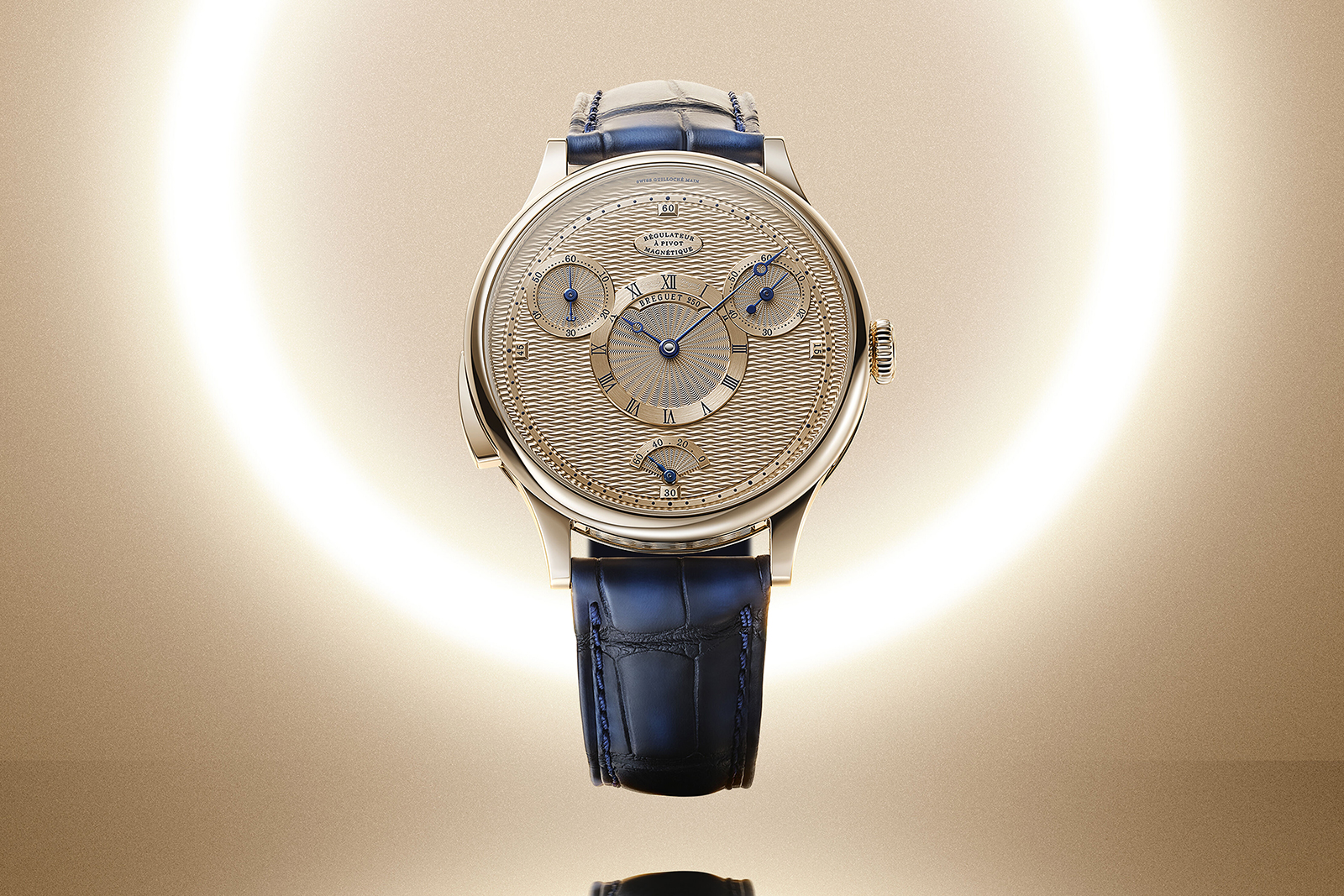
Though I admire the cal. 74SC very much, the decoration feels a little overdone. Figurative engraving is a recurring theme of Breguet’s 250th anniversary watches – the Type XX has it as well – and the decor also demonstrates a high level of engraving expertise. But I am not a fan of the Vallee de Joux landscape on the bridges, and would have preferred a more traditional decoration.
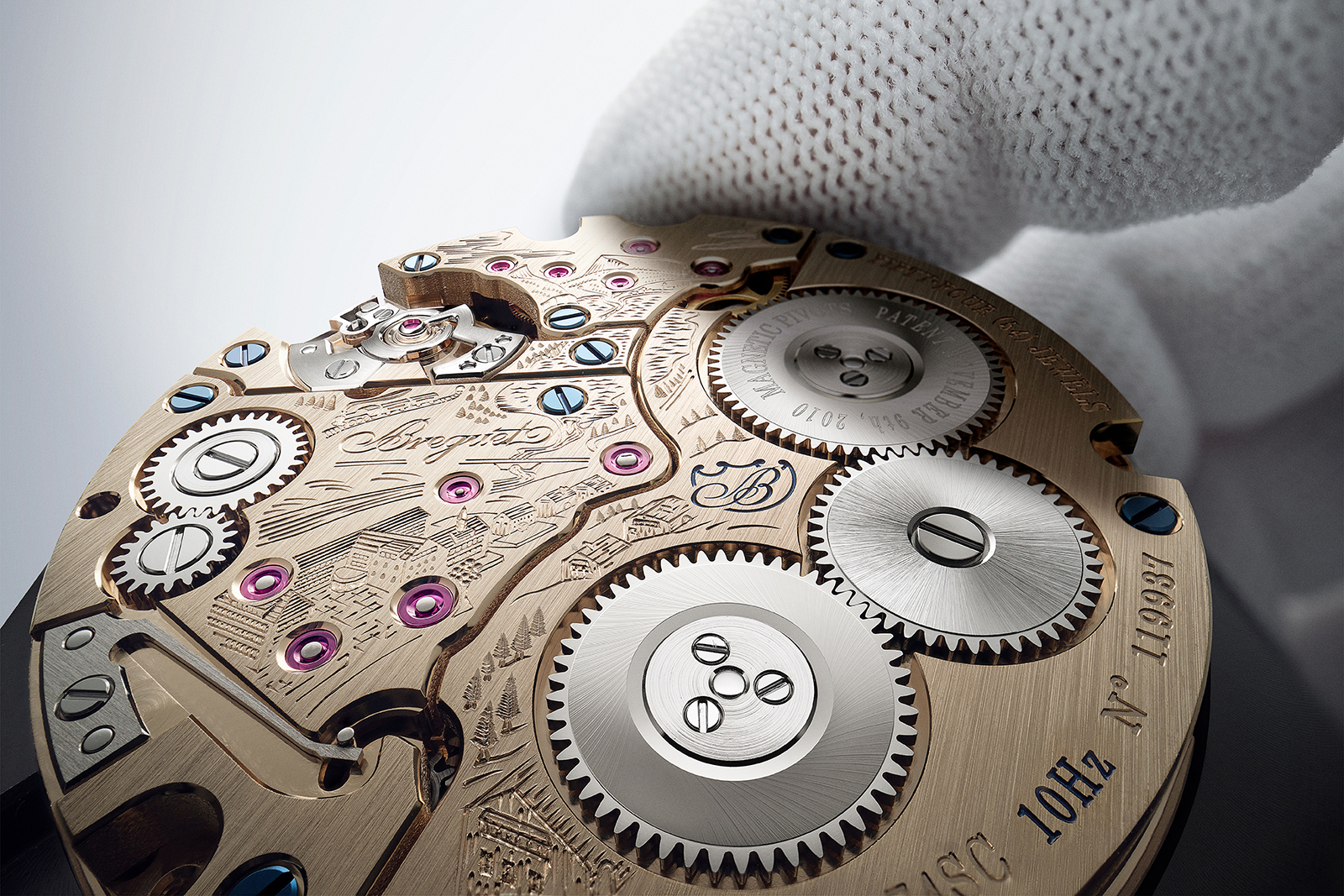
The 7225 also sees the debut of a new Breguet standard of quality, the Breguet hallmark. Though such in-house quality seals are increasingly common, the Breguet hallmark is notable for being comprehensive, covering “decoration, technology and ethics” according to the brand.
But most relevant is the timekeeping criteria. The testing standards vary according to the type of watch, but the 7225, unsurprisingly, sits at the very top of the ranking as a “Scientific” watch. As a result, it is guaranteed to run within +/- 1 seconds a day – making it the most impressive chronometer in modern watchmaking.
Magnetic personality
Though the 7225 has a decidedly 21st century movement, the aesthetic is rooted in the 19th century. The dial is inspired by a series of tourbillon pocket watches made between 1802 and 1809.
The 7225 replicates the layout of the original pocket watches – only five of them were made and one was owned by King George III – including the double subsidiary seconds at two and 11 o’clock.
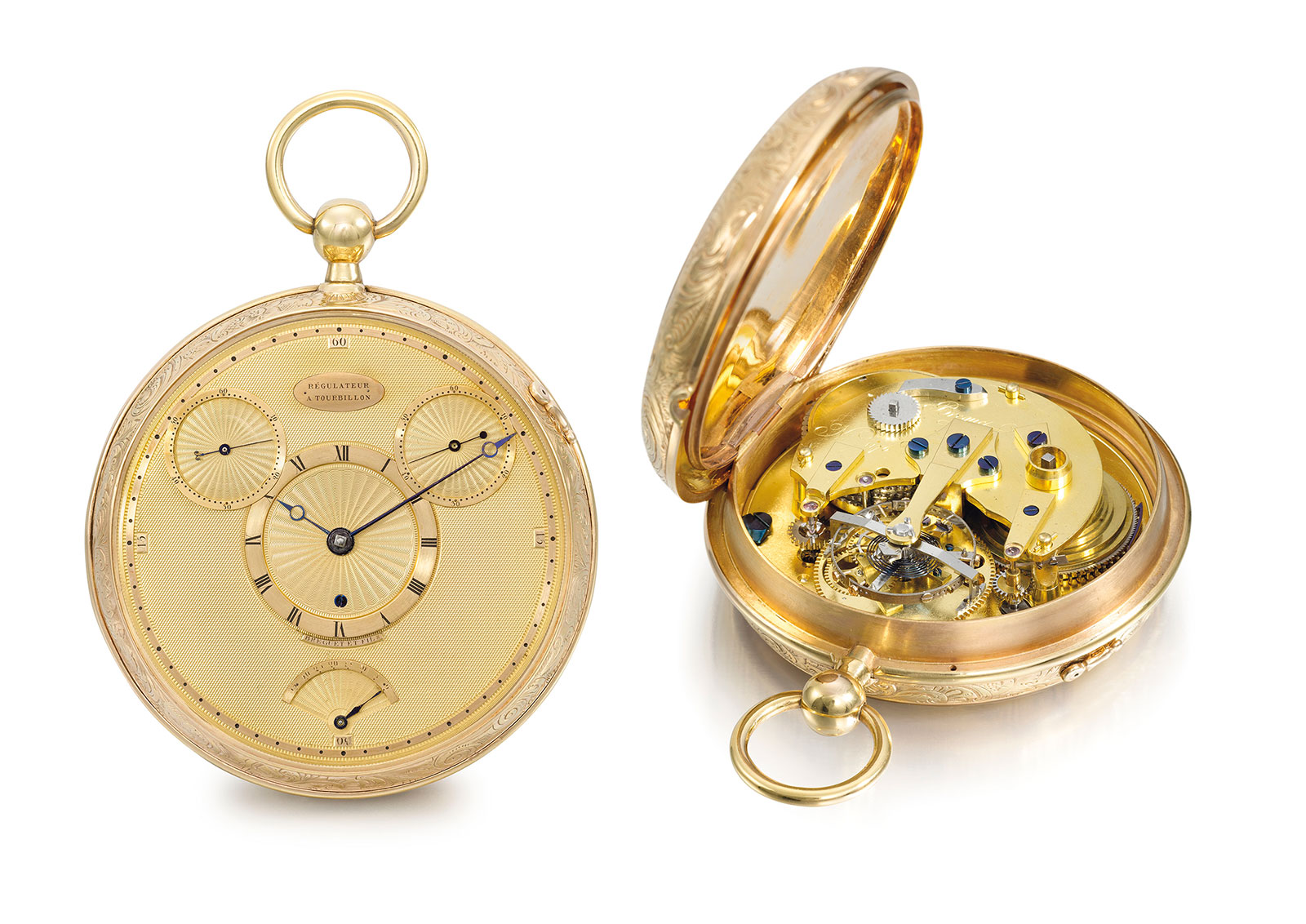
One of the five is watch no. 1176 that now resides in the Breguet Museum. Image – Christie’s
The 7225 replicates the originals faithfully, resulting in something of a “Hidden Mickey” on the dial. The textures and details are all modern, however, including the Quai de l’Horloge guilloche on the main surface.
Like all Breguet dials, this is solid gold – 18k Breguet gold in this case – but it does away with the silver plating that characterises the typical Breguet dial, retaining the tone-on-tone appearance of the pocket watches.
The two registers on the upper half are both seconds. The one at two is a conventional seconds indicator, while the one at ten o’clock is an “observation” seconds that can be instantaneously reset and restarted with the pusher at eight o’clock. It’s a flyback function similar to that on a chronograph, except that the seconds is continuously running and cannot be stopped.
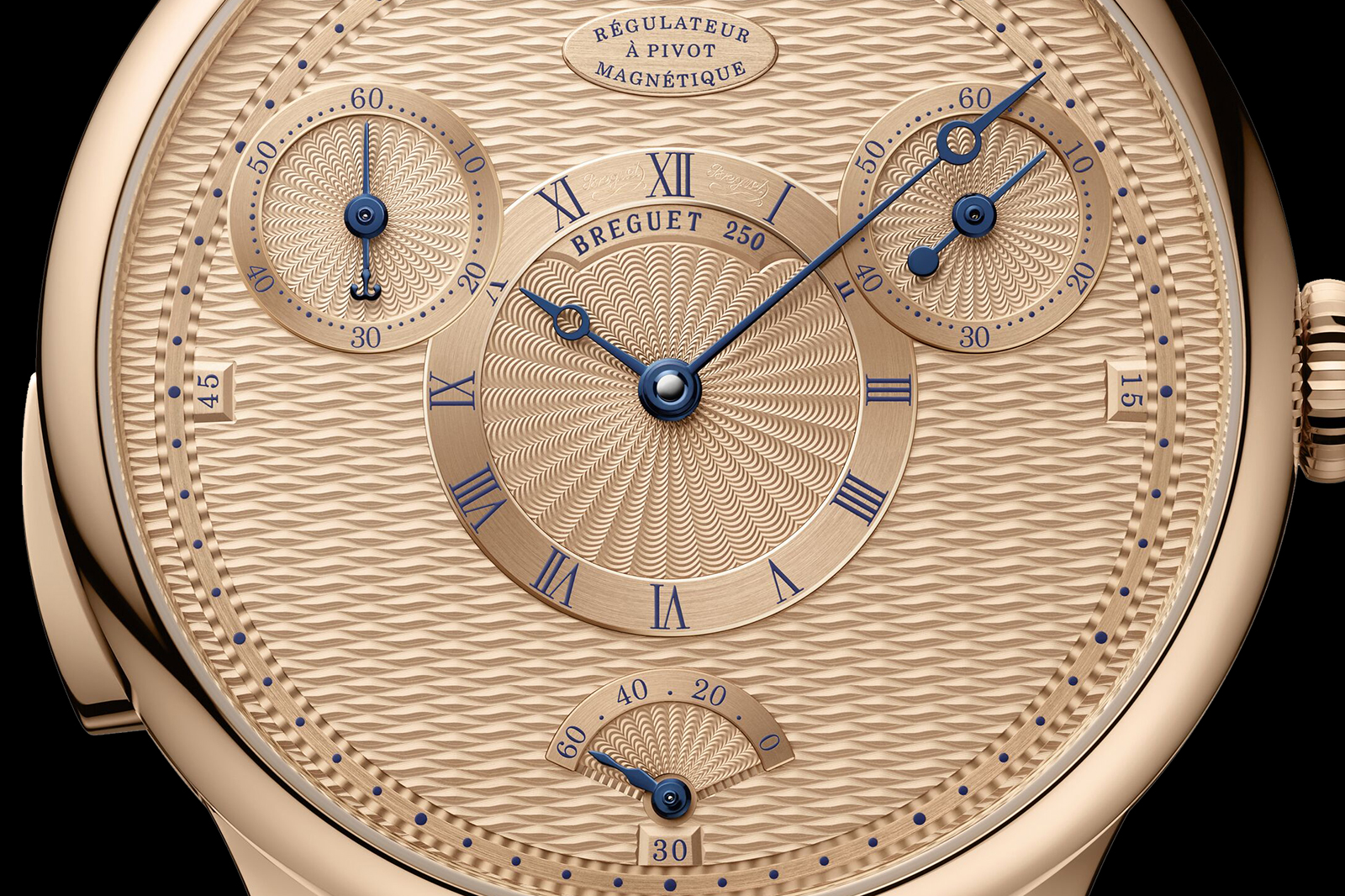
The addition of the “observation” seconds and rearranging the dial indications mean the 7225 is slightly thicker than the Classique Chronometrie 7727 of 2012, but the dimensions remain well proportioned.
At 41 mm wide and 10.7 mm thick, the 7225 is still slim though wider than the average time-only Breguet. The size, however, is appropriate given that this is modelled on a large pocket watch.
Display aside, the cal. 74SC inside is fundamentally the same as the cal. 574DR in the 7727, retaining the key feature of the magnetic-pivot balance. The balance staff “floats” in place thanks to opposing magnetic forces, leaving only the tip of the pivots in contact with jewelled bearings, minimising friction and allowing for the high frequency rate. The magnetic suspension also gives it improved shock resistance, since the balance jumps back into position even when displaced by shock.
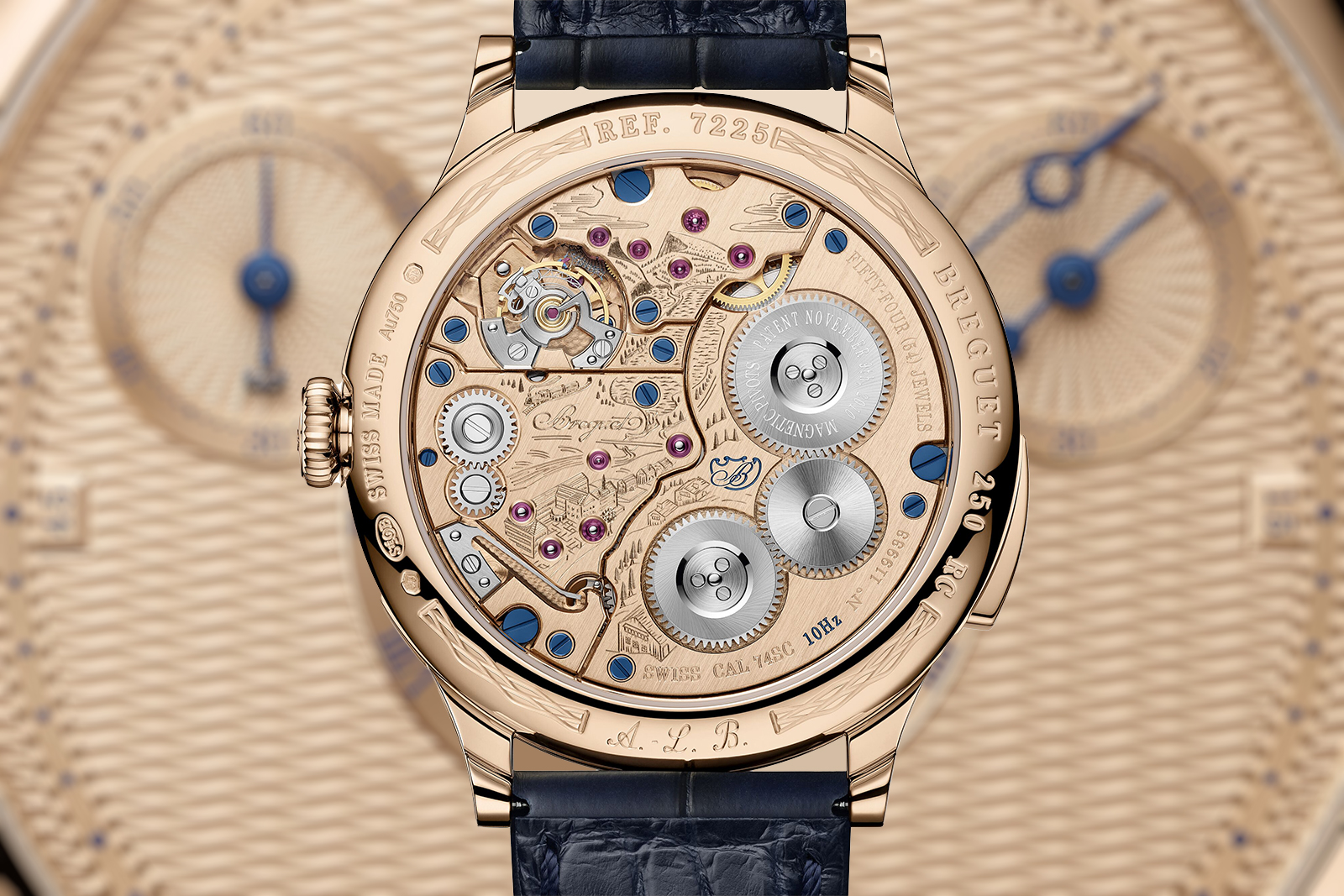
The movement has, however, been reworked in terms of aesthetics and details. The bridges are finished in Breguet gold to match the case, and hand-engraved with a bird’s eye view of the modern-day Breguet manufacture in the Vallee de Joux.
A notable detail on the barrel bridge is the stylised “B” emblem representing the newly inaugurated Breguet hallmark that attests to the quality and timekeeping of the watch. The hallmark encompasses various criteria, including chronometry standards that vary according to the type of movement. The 7225 will run within +/- 1 seconds a day – it doesn’t get better than that for a mechanical wristwatch movement.
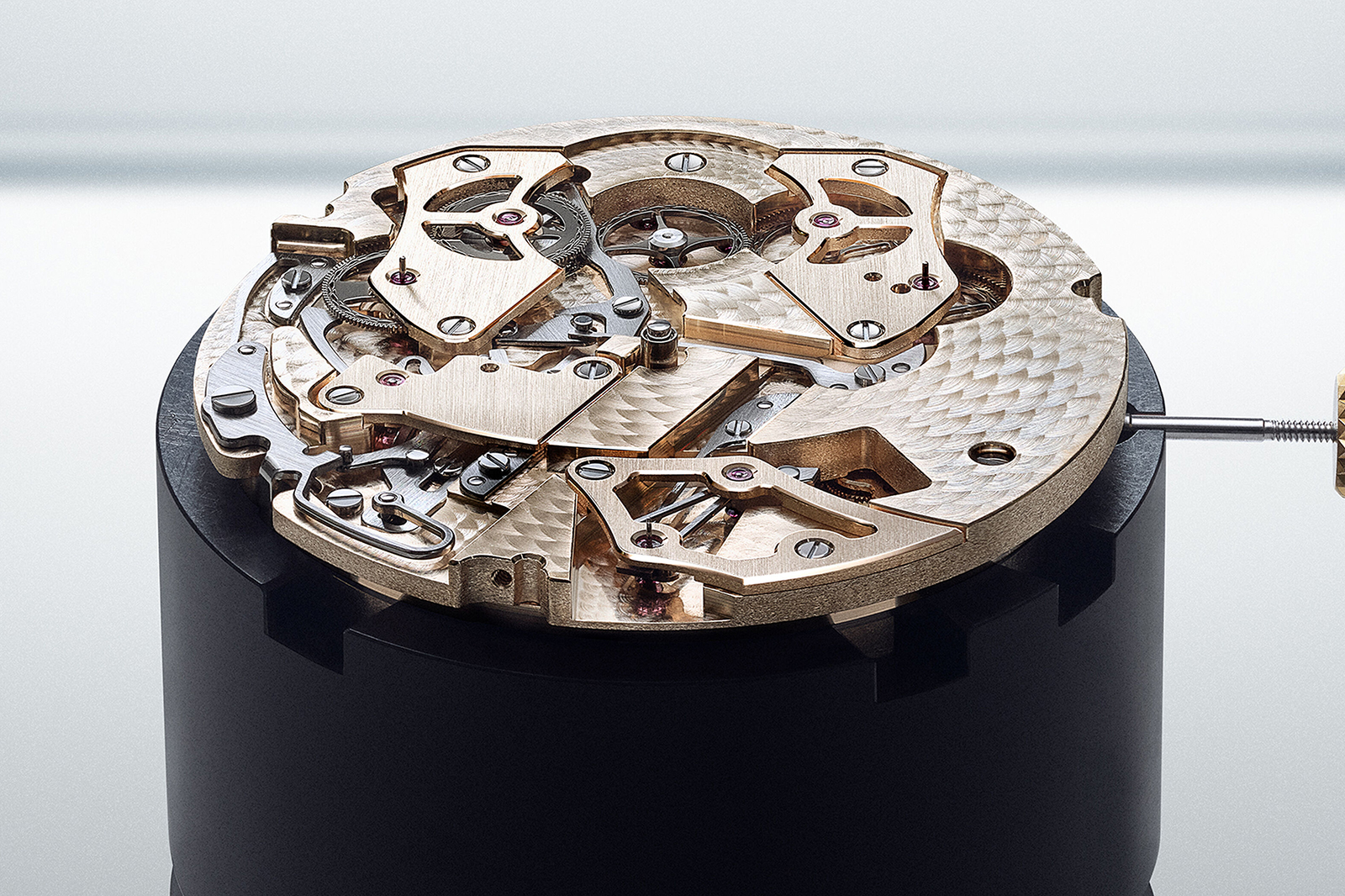
The under-dial view of the movement, with some interesting details the keen-eyed will spot
A less obvious detail is the silicon escape wheel, which has been etched to form numerals within its spokes. As the escape wheel rapidly rotates, it creates an optical illusion of moving numerals that alternate between “1775” and “2025” (otherwise known as a phenakistoscope animation).
Like many of Breguet’s current calibres, the cal. 74SC maximises the use of silicon, so it’s not only the escape wheel that’s in silicon, but also the flat hairspring and pallet lever.
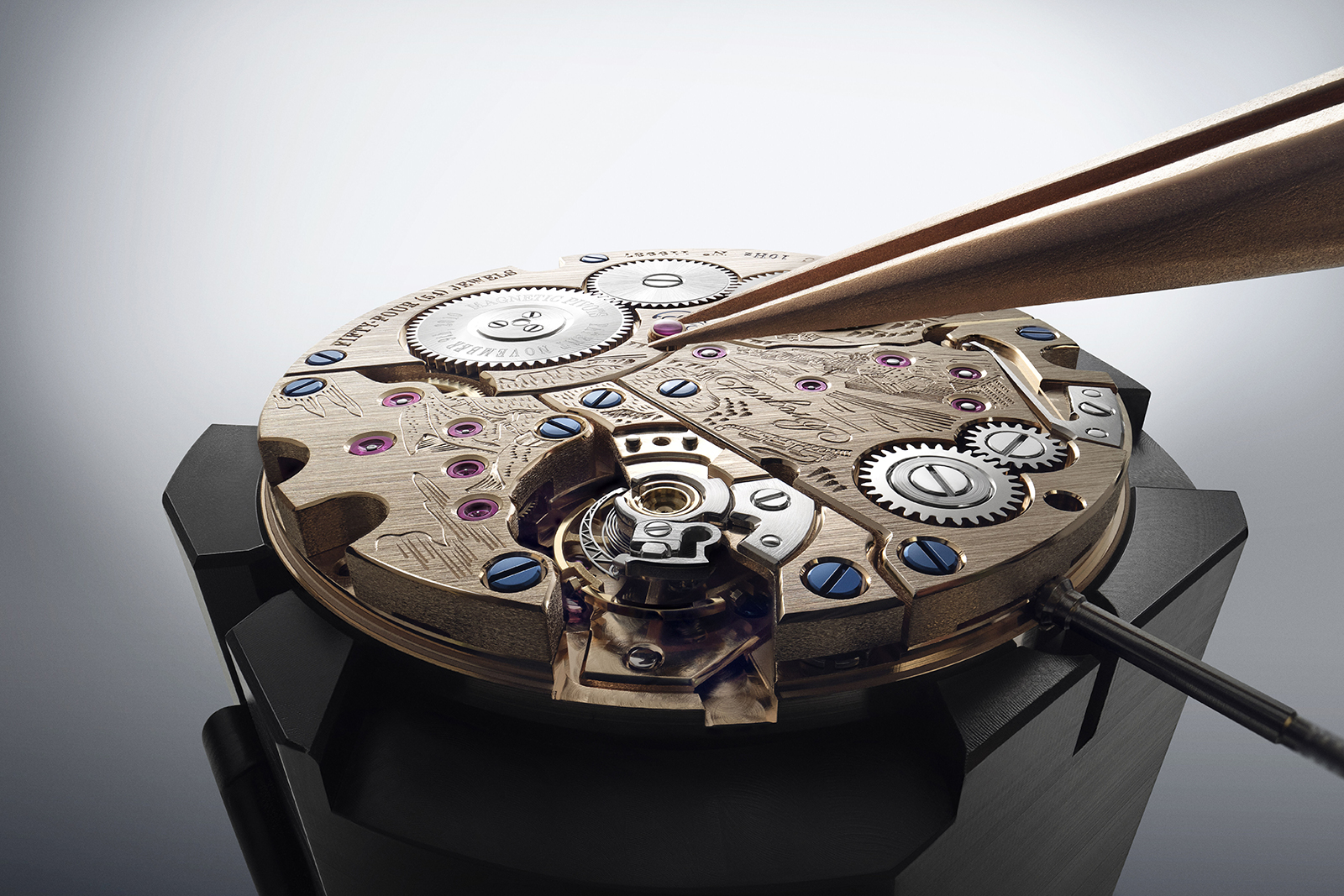
Key facts and price
Breguet Classique 7225
Ref. 7225BH0H9V6
Diameter: 41 mm
Height: 10.7 mm
Material: 18k “Breguet” gold
Crystal: Sapphire
Water resistance: 30 m
Movement: Cal. 74SC
Functions: Hours, minutes, seconds, power reserve, and “observation seconds”
Winding: Manual wind
Frequency: 72,000 beats per hour (10 Hz)
Power reserve: 60 hours
Strap: Alligator strap with pin buckle
Limited edition: No
Availability: First availability at boutiques, but also at retailers
Price: CHF75,000
For more information, visit Breguet.com.
Back to top.

